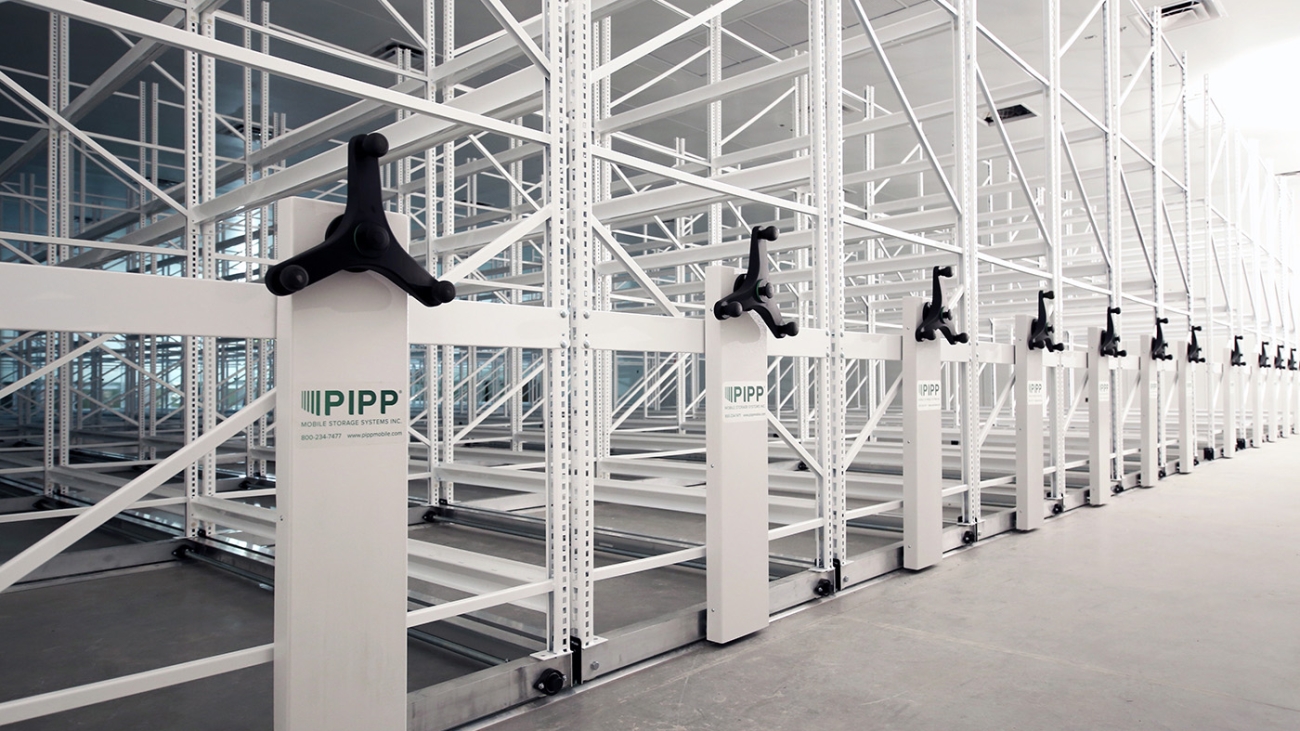Creating a vertical grow room design is a major step toward efficiency, productivity, and profitability in the cannabis industry. Traditional growing methods cannot meet the public’s evolving needs – growing upwards can help mitigate this problem.
But, what should you take into account before considering indoor vertical farming systems? Layout, automated technologies, and drainage are just some factors in optimizing the environment.
What Is Vertical Farming?
Vertical farming is a method for growing cannabis that has gained popularity over the last several years among cultivators. Instead of single-level racks that greatly limit growth space, vertical racking systems allow for multiple cultivation levels in the same square footage.
While vertical farming architecture brings pros and cons, the benefits cannot be overstated. Mobile racks let cultivators easily maneuver layouts while ensuring each plant receives attention. Ultimately, growers can easily expand production capabilities, increase genetic variations, reduce water waste, and minimize plant mold and disease.
6 Things to Consider in a Vertical Grow Room Design
Like any grow room, implementing a vertical farming system requires planning. You must understand your plants, utility capacities, and current footprint or risk making costly mistakes. Potential obstructions, like floor variations or columns, are another key consideration.
Building a vertical farm can transform your business, but informed decision-making comes first. Let’s delve deeper into six tips for creating an efficient, space-saving grow room
1. Flow of the Room
The flow of a grow room lays the foundation for a vertical farming system. You must understand every fixture in the room (e.g., electrical panels, overhead emergency lights, pipes, drains, columns, sprinklers, and even doors.) These obstacles will determine where you can place mobile racks.
In some cases, you can easily build around architectural features. Other times, you may benefit from minor renovations, such as door or pipe relocation. These changes can be extremely beneficial to increasing canopy space and improving ergonomics.
Below are a few things that can be barriers to flow in your grow room:
- Columns
- Doors
- Egress paths
- Overhanging lights
- Electrical panels
- Drains
- Sprinkler/fire systems
2. Materials & Systems
After considering the flow of your facility, you can start exploring the types of vertical farming systems to introduce. Stationary grow rack units are used sparingly in horticulture for ergonomic reasons. Instead, mobile carriages create moveable aisles, allowing you to have a multi-level grow room and easily access every plant.
3. Layout Details
Nice! You’ve tackled the first two hurdles in the designing process–flow and materials. Now you can start drawing your layout plans. Remember to include those potential architectural obstacles while accounting for additional equipment (we’ll touch on this later).
Think about how many plants you want or need to grow. Will you need five, ten, or even fifteen vertical racks? Are you looking for two or three-tiered systems? Will aisles be arranged horizontally or vertically across the floor axis? What is your total canopy space? These are all important questions to ask when creating a layout.
4. Environmental Controls
Larger vertical farming facilities rely heavily on automated environmental controls, especially hydroponics. These systems ensure plants receive proper water and nutrients when arranged vertically. You also reduce water consumption and waste in the process.
You can select from different types of hydroponic systems (e.g., drip irrigation). Regardless of your choice, many options can be seamlessly integrated into a vertical racking system.
5. Lighting
Cannabis needs light to grow, but encouraging vegetative or generative growth means utilizing different techniques. Your lighting layout will likely depend on the designated space (e.g., clone, veg, or flower room), but you can generally use the same type of lamps.
Growers have many options when building a vertical farm, the most popular being HSP, LED, or MH. Each has unique benefits, but LED lights create less heat, use less electricity, and produce higher yields.
6. Dependable HVAC Systems
Properly spacing plants is one way to ensure proper airflow and unrestricted growth. However, this practice can only go so far in promoting healthy plant development. Along with air quality, humidity and temperature levels are also critical when cultivating cannabis.
HVAC systems help maintain a consistent environment, minimizing the risk of mold, disease, and cross-contamination. Better yet, an energy-efficient system can lower operating costs and reduce your carbon footprint. Our VAS 2.0 in-rack airflow system is just the solution, working alongside the HVAC to eliminate microclimates, provide the highest air velocities, and maintain consistent performance.
Vertical Farming Help From the Professionals
Planning a vertical farming system may seem out of reach, especially if you’re accustomed to traditional cannabis cultivation methods. Pipp Horticulture is here to help ease any anxieties as you begin the shift.
We have over 50 years of experience in the industry and understand the nuances of indoor vertical farming. Our equipment, including our Mobile Vertical Grow Racks, can maximize yield and space so your facility can reach its full potential. We’ll walk you through the entire design process from start to finish. You’ll be a pro in no time with Pipp by your side!



